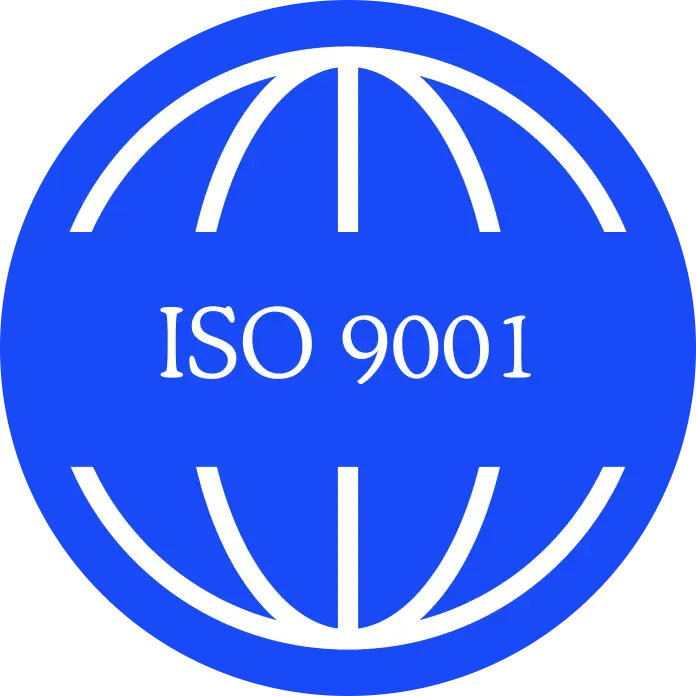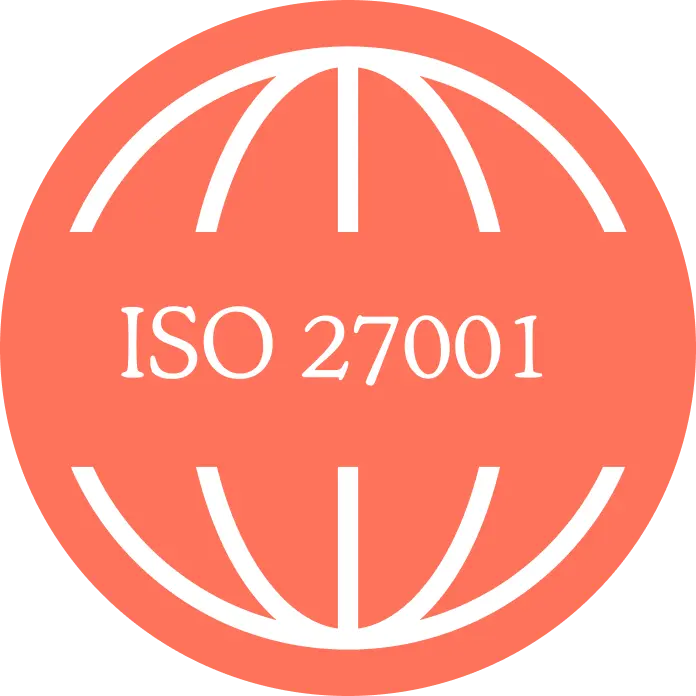A guide to ISO 45001:2018
ISO 45001:2018 is the global standard for managing health and safety. The internationally agreed framework outlines the elements of best practice an organisation should employ. Its purpose is to:
- Help businesses to build a strong health & safety management system
- Create a benchmark against which the performance of companies can be judged
- Prevent work-related illness and ill health to workers and provide safe & healthy workplaces
Why is ISO 9001 certification so important?
There are a number of benefits to having a well implemented ISO 45001 Occupational Health & Safety Management System (OH&S):
It strengthens your image and credibility, helping you to win projects
Without a doubt, the ability to show clients that you have a certified OH&S management system in your business is one of the most powerful arguments for achieving certification. Having an independent third party verify your organisations health & safety processes sends a strong message to clients and prospective clients that you place safety at the centre of what you do.
It creates a safer & healthier working environment
Although all businesses will be concerned with creating a safe and healthy working environment, employing the ISO 45001 framework will in most businesses create a more comprehensive and consistent approach to health & safety.
It lowers business risk
There is wide ranging health & safety legislation with which organisations must comply. Failing to meet these legal requirements can result in enforcement actions, fines, reputational damage and in the most serious circumstances prison sentences if there is significant negligence by the organisation. By applying a structured approach to health & safety, organisations are able to identify hazards and mitigate the risks they pose. Systematic and proactive risk mitigation reduces accidents, safeguards life, saves money, preserves reputation and prevents lost time incidents.
It increases morale
Good health and safety controls improve morale. It is a right for all workers to come to work and return home safely. Creating a safe working environment and displaying a strong commitment to health & safety from senior leadership downwards, provides workers with the physical and psychological safety they are entitled to.
How is the standard structured?
When you first look at the standard, the layout and terminology can be confusing. However, as you understand further how the ISO 45001 standard is structured the logic starts to appear.
The 10 Clauses
The ISO 45001:2018 standard is written around 10 clauses. Of the ten clauses, it is clauses 4-10 that are audited. Clause 1-3 are used to set the scene of the standard but are less important when it comes to your ISO 45001 implementation.
Clause 4 – Context of the Organisation
Your organisation must identify, monitor and review external and internal issues that are relevant to your health & safety performance. This could be issues ranging from the nature of the activities undertaken and the way work is organised, through to cultural perceptions of health & safety and the legislative environment. You should document your findings and review them regularly. This clause also asks you to document all the interested parties who have needs and expectations of your business. Finally, this is the clause that requires you to have documented health & safety procedures, e.g. for how you undertake risk assessments, manage fire arrangements and investigate incidents.
Clause 5 – Leadership & Worker Participation
Leadership involvement is a critical component in making an OH&S management system work, and for this reason the standard makes it a requirement. Leadership are required to create your Health & Safety Policy, set objectives, be present in health & safety reviews and communicate the importance of safety throughout the organisation. Some of the ways leaders are involved will be tangible, e.g. the writing of the Health & Safety Policy, but in other ways their involvement will be intangible, e.g. by acting in a way that positively promotes a safety culture.
Clause 5 also requires organisations to proactively involve staff through consultation and participation. Organisations need to establish a framework that allows them to genuinely harness non-managerial worker involvement in planning and implementing H&S arrangements.
Clause 6 – Planning
In Clause 6 you need to demonstrate that you have a robust planning procedure in place for your health & safety arrangements. The standard asks you to document the major risks facing your organisation and any health & safety opportunities you believe that you have. These risks & opportunities should be linked to the contextual issues and expectations of your interested parties (Clause 4). This clause also requires you to set and document health & safety objectives, and to have a way to plan for changes in your business that may impact the safety of workers and other parties.
You must establish a robust process for hazard identification and treatment, which will generally involve risk assessments of work activities and the work environment. You will also need to produce a health & safety legal register in which you recognise all the health & safety related regulations which are applicable to your work and how you ensure that you are meeting these requirements.
Clause 7 – Support
This section of the standard is about all the pieces of a management system that act like the oil, allowing everything to run smoothly. We are talking about making sure you have competently trained staff, a high level of awareness of health & safety arrangements, established procedures for communicating internally and externally about health & safety issues, and control over the documentation in your management system.
Clause 8 – Operations
In Clause 8 you will need to demonstrate that your planned arrangements for health & safety are consistently implemented in practice. This can include processes for; consultation and participation of workers; hazard identification and risk assessment; compliance with legal requirements; communication; management of change; emergency preparedness and response; monitoring; ensuring competence; and procuring goods and services. You will need to demonstrate that you are applying the hierarchy of controls to eliminate hazards or control risks. Evidencing this clause to an assessor is usually by a walk through of your workspace, observation of a job from end-to-end and interviews with staff.
Clause 9 – Performance evaluation
There are four main components of performance evaluation. Firstly you will need to demonstrate that you are monitoring your health & safety performance, be it through site inspections, incident investigations or accident statistics as examples. Secondly is a periodic evaluation of compliance in which you need to confirm you are working in line with all the legislation that applies to your business. Thirdly is the important business of internal auditing – you will need to demonstrate that you regularly audit all the key components of the management system to review performance. Lastly, you will need to hold periodic ‘management reviews’ in which the person responsible for the daily running of the management system reports back to the leadership team against a set agenda.
Clause 10 – Improvement
The key mechanism for continual improvement is a ‘nonconformance process’. Although this sounds a bit foreboding, it is actually a constructive way to review your systems when something goes wrong and address the root cause of the issue. It is not about finding fault with individuals, rather the focus is on understanding why a process has broken down or incident has occurred. The other half of improvement is the general way in which your business continually improves how it operates, either through small incremental changes or larger step changes.
What does it take to be successful?
Here are what we consider to be the key ingredients to make a really strong health & safety management system. It is also important to recognise that ISO is a journey and no company will have a perfect system in the first few years.
Senior manager involvement
Senior management must be involved to give legitimacy to the H&S management system, ensure the team buy in & provide the resources needed.
Engagement of staff
Staff should be consulted on H&S arrangements, actively participating in making suggestions for improvements.
Thirst for continual improvement
Ideally the whole organisation, or at least a number of influential members must have a real desire to push the business to continually improve, learning from mistakes and seeking suggestions from all team members for improvements.
Consistency & discipline
An OH&S management system should not be a once a year consideration just before the auditors come in – instead work should be carried out on the management system little and often (e.g. spreading the internal audits throughout the year; or arranging regular H&S meetings).
Collaboration with suppliers & subcontractors
The role suppliers & subcontractors play in your success shouldn’t be underestimated – the best companies develop strong mutually beneficial relationships with suppliers & subcontractors and help each other make health & safety improvements.
Need more guidance?
Our experienced consultants are available to support you through the process. We can help you perform a gap analysis to understand where your strengths and weaknesses are, host educational sessions to talk you through the requirements of the standard or help you with a full implementation.
Need more information on how the Implementation and Certification process works?



